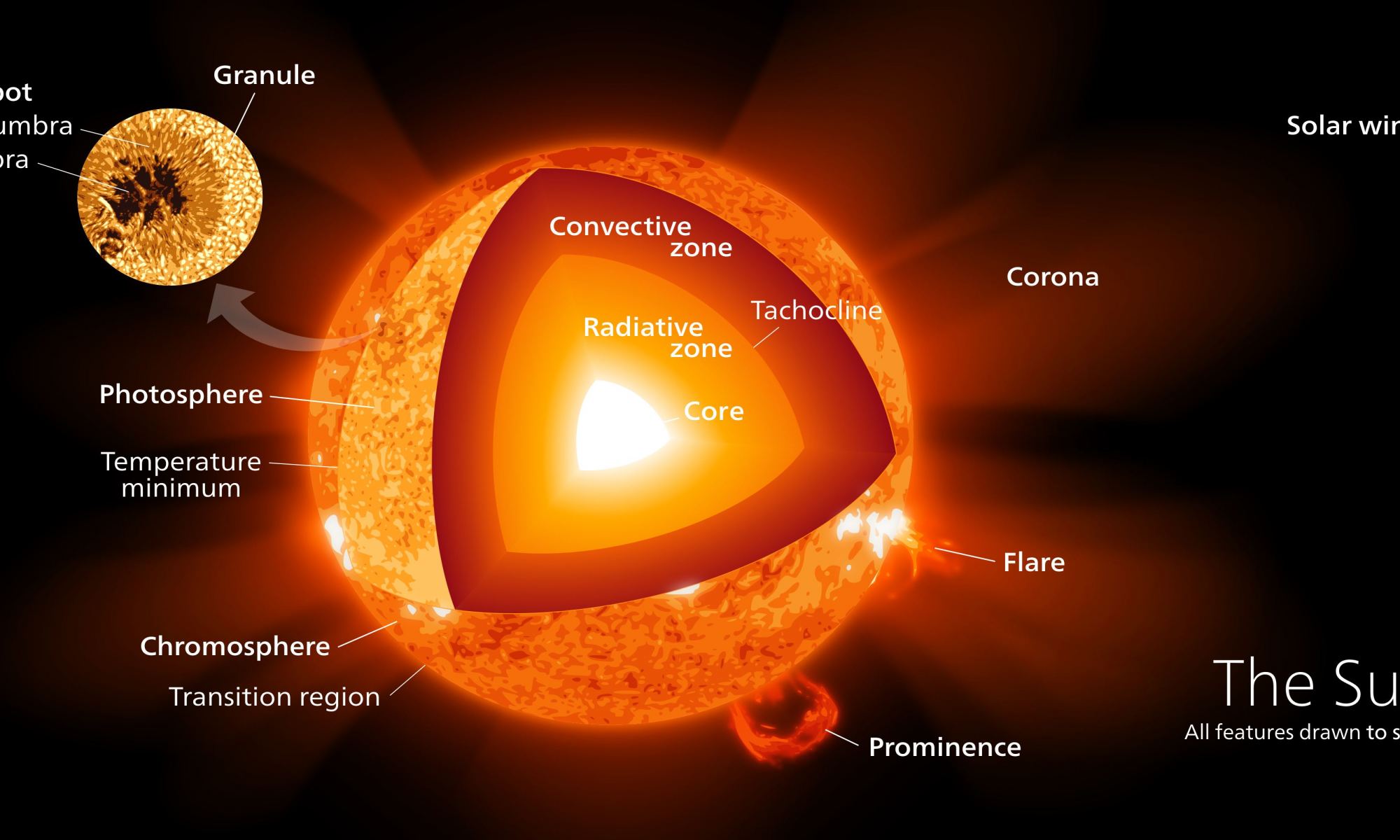Nuclear fusion is at the center of stellar evolution. Most of a star’s life is a battle between gravity and nuclear power. While we understand this process on a broad scale, many of the details still elude us. We can’t dive into a star to see its nuclear furnace, so we rely on complex computer simulations. A recent study has made a big step forward by modeling the entire fusion cycle of a single element.
Although stars begin their lives fusing hydrogen into helium, toward the later stages of their lives they will begin to fuse heavier elements as hydrogen is depleted. Near the end of their lives, massive stars will fuse helium to carbon, carbon to neon, neon to oxygen, and up the periodic table in a desperate attempt to prevent gravitational collapse. Although different fusion chains can occur in different layers of the star, it is a complex process involving turbulent flows, heat exchange, and mixing.
There have been several simulation models of this process that simplify things by modeling a single slice of a star. These 1-dimensional simulations are powerful, but they lack the volume simulation of real stars. This new work has made a 3-dimensional simulation of a single link in the fusion chain, specifically the neon-burning cycle of a 20 solar mass star.

To set the initial conditions of their simulation, the team used what is known as a 321D-guided 1D model. Essentially, they used hydrodynamic equations to project a 3D model to a 1D simulation. They could then run this simulation from the initial formation of the star from its initial collapse to the point where neon burning starts to take off. With this as their initial condition, they then made a full 3D simulation of the neon burning phase from its inception to the point of neon depletion.
One of the things they found was that fusion in the neon layer is extremely efficient. Neon fusion is rapid, and without mixing would deplete pockets of the star’s interior creating nuclear dead zones. The simulation shows that hydrodynamic mixing is enough to ensure a steady fusion rate. Another discovery was that the size of convection zones within a fusion layer significantly affects its structure and evolution. This has not been seen in 1D simulations and could change our understanding of the lifespans of large-mass stars.
This work doesn’t capture the overall structure and evolution of a star’s interior, but it is an important step forward. With a fully 3D model of a single fusion layer, researchers can model other layers and eventually combine simulations into a coherent 3D model of the entire fusion chain. This will help us understand not just massive stars, but also stars like our Sun.
Reference: Rizzuti, F., et al. “3D stellar evolution: hydrodynamic simulations of a complete burning phase in a massive star.” Monthly Notices of the Royal Astronomical Society 523.2 (2023): 2317-2328.

